Ionians
Videos
Page
The Ionians were one of the four major tribes that the Greeks considered themselves to be divided into during the ancient period; the other three being the Dorians, Aeolians, and Achaeans. The Ionian dialect was one of the three major linguistic divisions of the Hellenic world, together with the Dorian and Aeolian dialects.
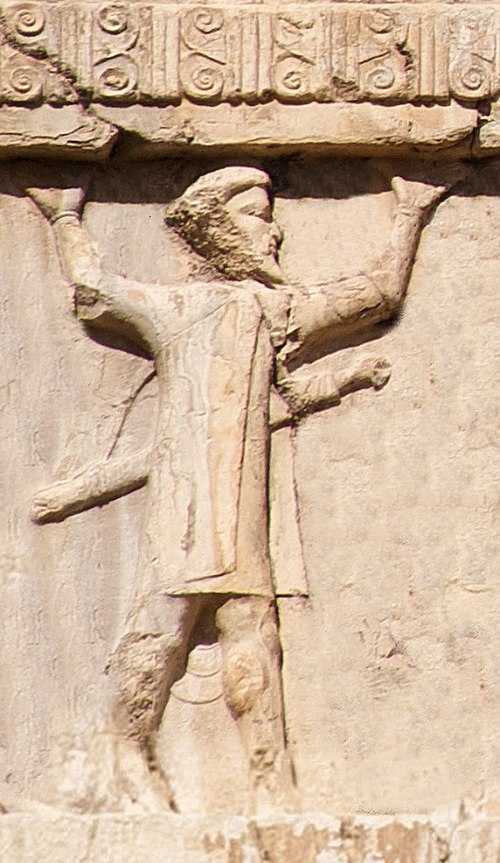
Ionian soldier (Old Persian cuneiform 𐎹𐎢𐎴, Yaunā) of the Achaemenid army, circa 480 BCE. Xerxes I tomb relief.
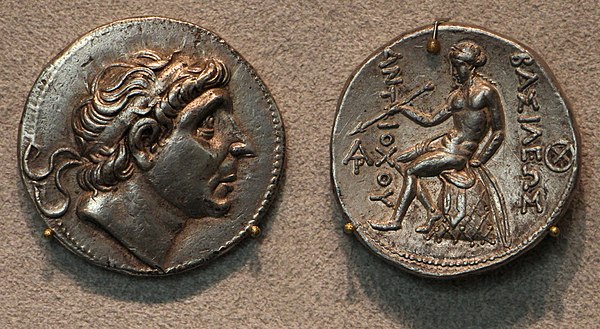
The Seleucid king Antiochos ("Aṃtiyako Yona Rājā" ("The Yona king Antiochos")) is named as a recipient of Ashoka's medical treatments, together with his Hellenistic neighbours, in the Edicts of Ashoka (circa 250 BCE).
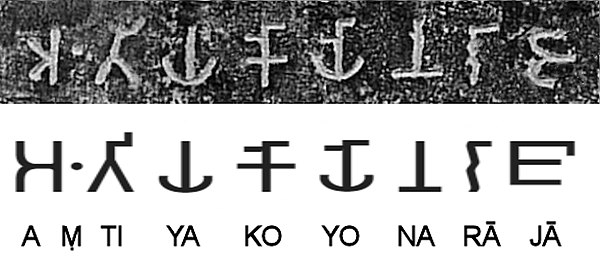
"Aṃtiyako Yona Rājā" ("The Greek king Antiochos"), mentioned in Major Rock Edict No.2, here at Girnar. Brahmi script.
Greeks
Videos
Page
The Greeks or Hellenes are an ethnic group and nation native to Greece, Cyprus, southern Albania, Anatolia, parts of Italy and Egypt, and to a lesser extent, other countries surrounding the Eastern Mediterranean and Black Sea. They also form a significant diaspora, with many Greek communities established around the world.

Mycenaean funeral mask known as "Mask of Agamemnon", 16th century BC

Alexander the Great, whose conquests led to the Hellenistic Age
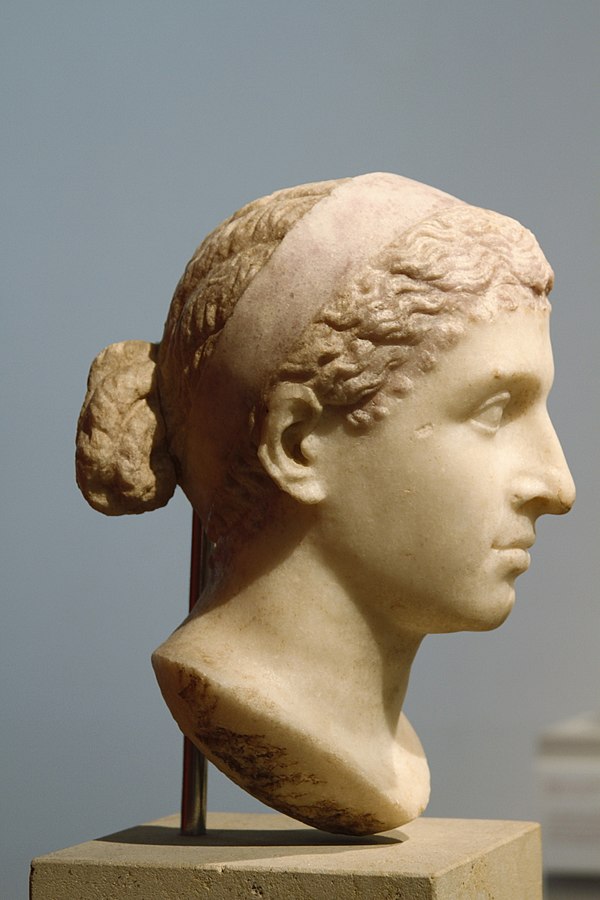
Bust of Cleopatra VII (Altes Museum, Berlin), the last ruler of a Hellenistic kingdom (apart from the Indo-Greek Kingdom)
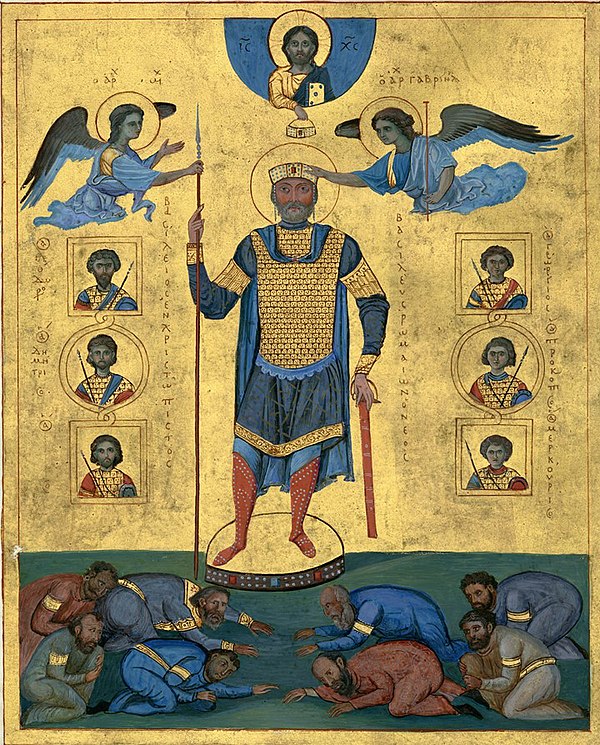
Emperor Basil II (11th century) is credited with reviving the Byzantine Empire.